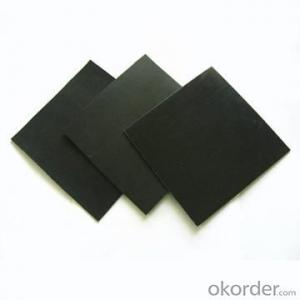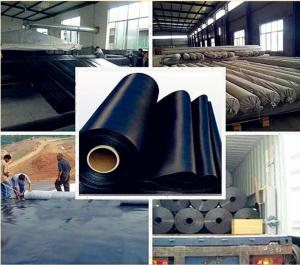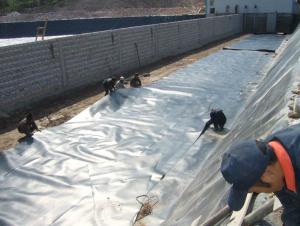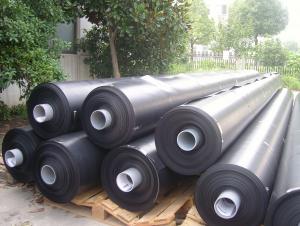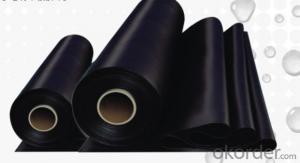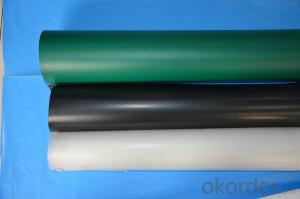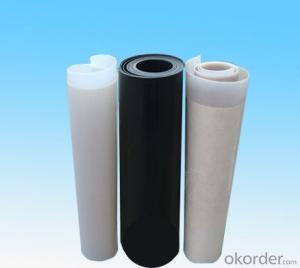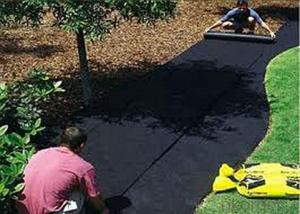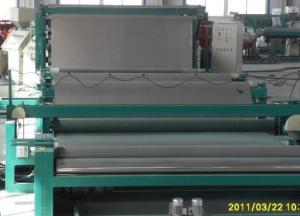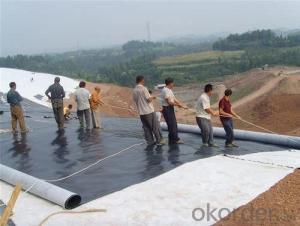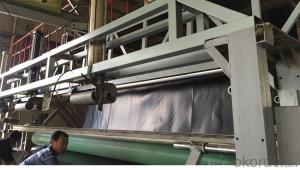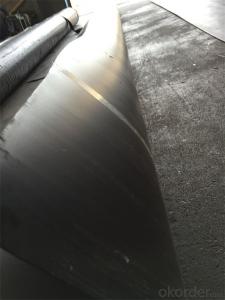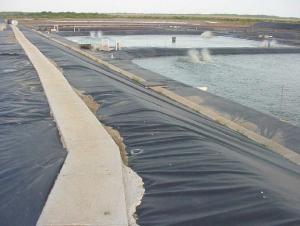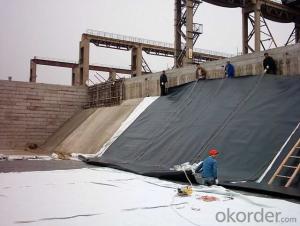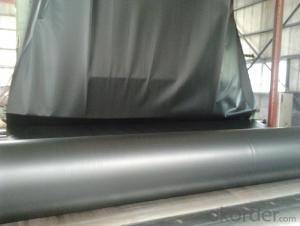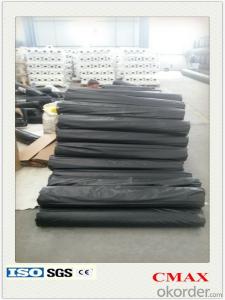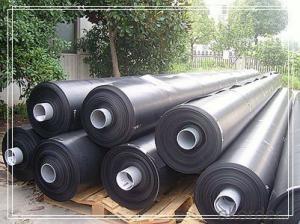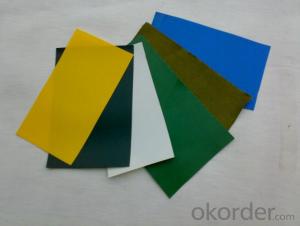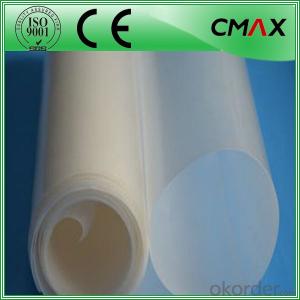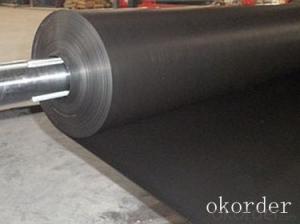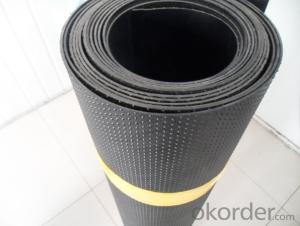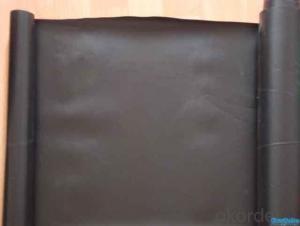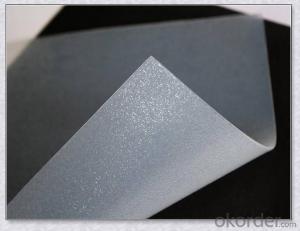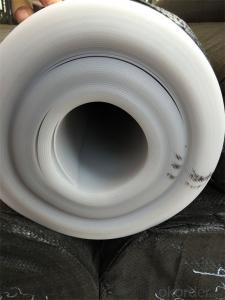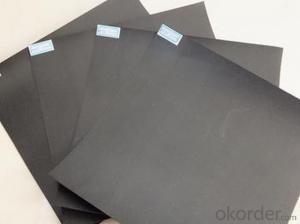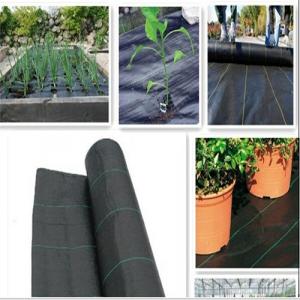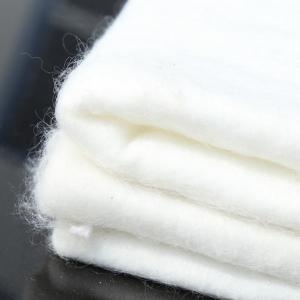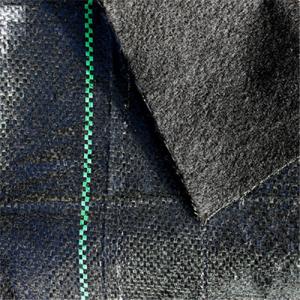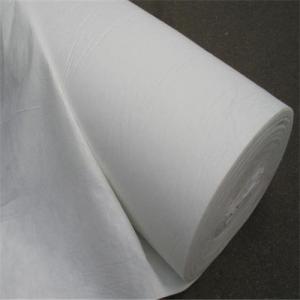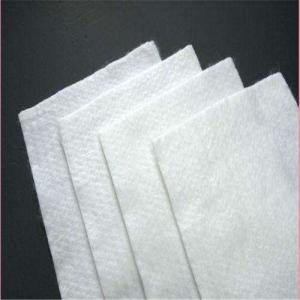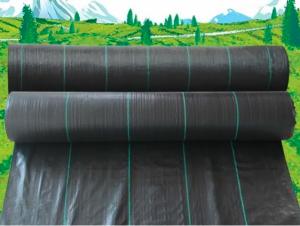Geomembrane Pond
Geomembrane Pond Related Searches
Geomembrane Pond Liner Geomembrane Pool Geomembrane For Ponds Geomembrane Landfill Hdpe Geomembrane Pond Liner Geomembrane Machine Plastic Geomembrane Geomembrane Tanks Geomembrane Fish Tanks Tpo Geomembrane Geomembrane Factory Landfill Geomembrane Permeable Geomembrane Geomembrane Containment Geogrid Membrane Pe Geomembrane Geomembrane Drainage Geomembrane Products Geocomposite Membrane Gse Geomembrane Waterproof Geomembrane Geomembranes Geomembrane For Landfill Geomembrane Waterproofing Geomembrane Roll Megaplast Geomembrane Geomembrane Material Geomembrane Cover Geomembrane Lagoon Covers Geomembrane EtancheGeomembrane Pond Supplier & Manufacturer from China
Geomembrane Pond is a specialized product that incorporates high-density polyethylene (HDPE) geomembranes, which are designed to create watertight barriers for various applications such as fish ponds, decorative ponds, and water storage facilities. These geomembranes are engineered to withstand harsh environmental conditions and provide long-lasting performance, making them an ideal choice for constructing ponds and other water retention structures.The application of Geomembrane Pond products extends to a wide range of usage scenarios, including agricultural, environmental, and recreational purposes. They are particularly useful in creating waterproof liners for ponds, which helps in maintaining water quality and preventing seepage. This ensures that water resources are conserved and utilized efficiently, making Geomembrane Pond products a sustainable solution for various industries.
Okorder.com stands as a prominent wholesale supplier of Geomembrane Pond products, boasting a vast inventory that caters to the diverse needs of customers. With a commitment to quality and customer satisfaction, Okorder.com ensures that the geomembranes provided are of the highest standard, meeting the specific requirements of each project. This makes Okorder.com a reliable source for those seeking to invest in Geomembrane Pond products for their construction and water management needs.
Hot Products
